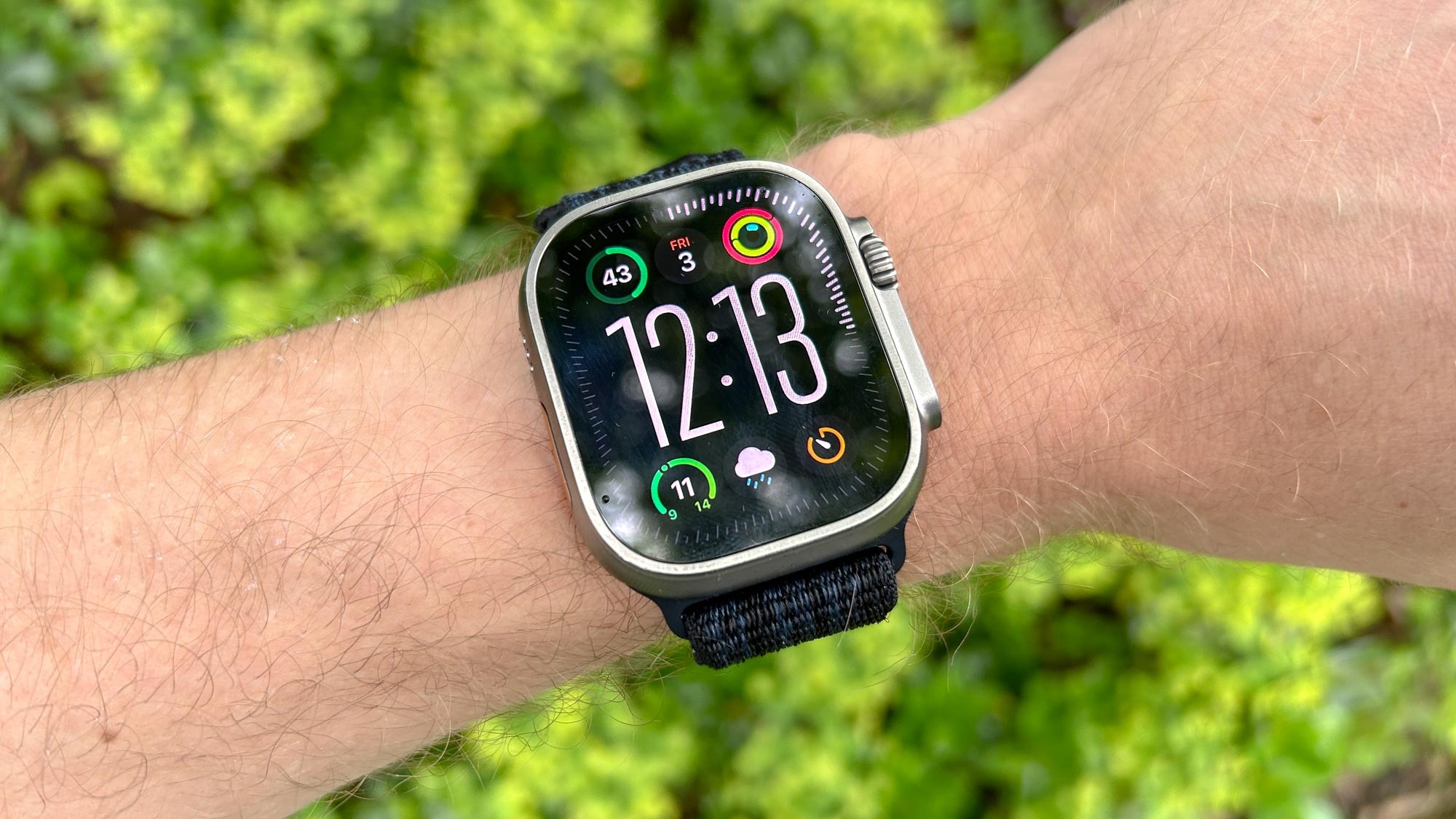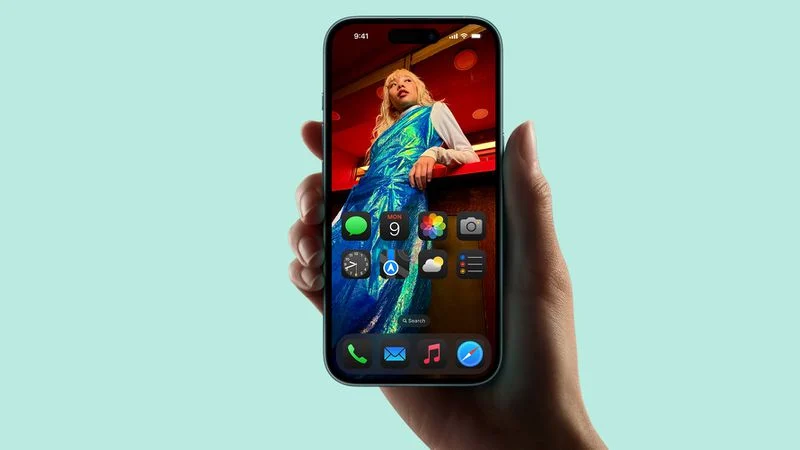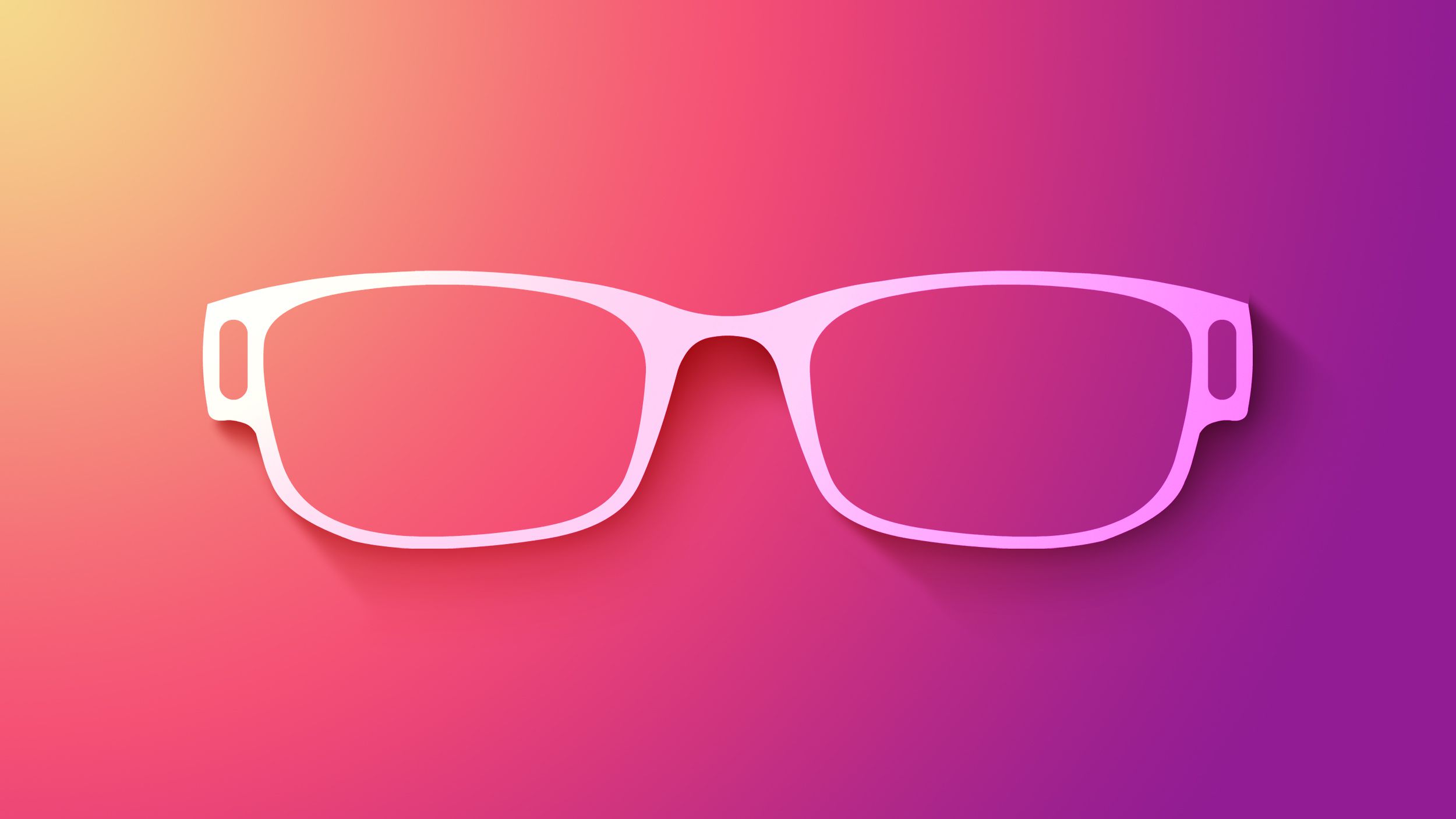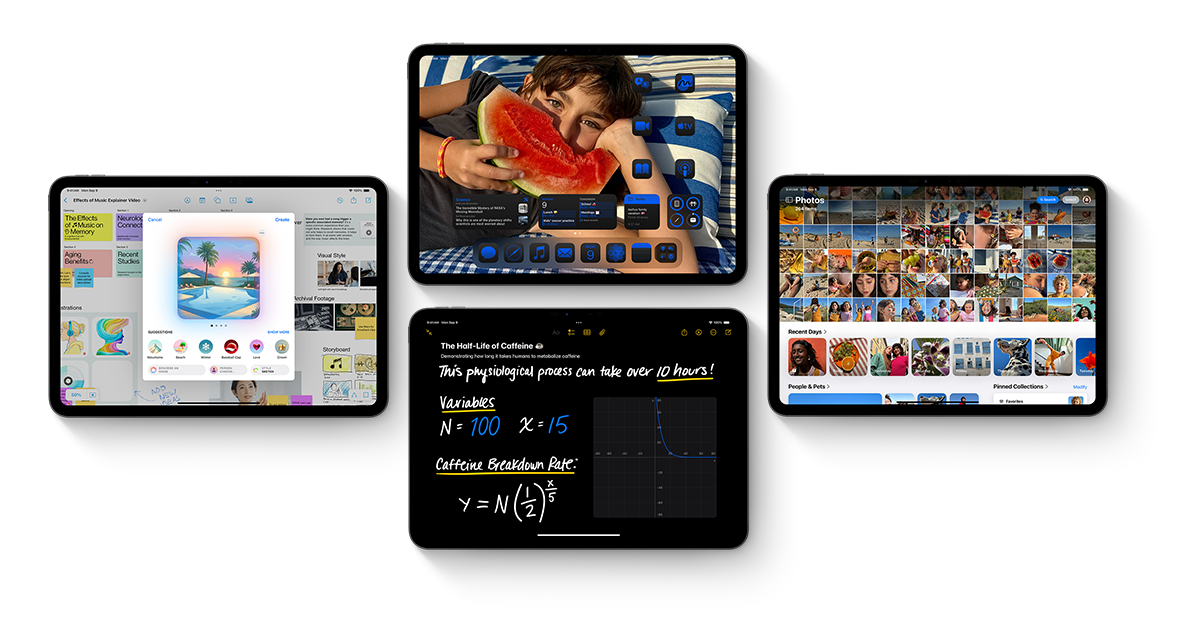Siri, Apple’s trusty virtual assistant, is gearing up for a major transformation with iOS 19, set to debut at WWDC 2025 in June. Fresh reports hint at upgrades that promise to make Siri more intuitive and powerful, elevating the iPhone experience.
A standout feature is Siri’s enhanced ability to connect with users on a personal level. By pulling insights from your apps—like emails or reminders—Siri will deliver tailored suggestions. For instance, it could nudge you to prepare for a meeting based on your schedule. Even better, Siri is expected to juggle complex requests effortlessly, like drafting a text and updating your to-do list in one command.
Behind the scenes, Apple is crafting a brand-new system to power Siri, aiming for quicker and more dependable responses. This overhaul comes after some bumps in previous updates, but with new leadership, including Mike Rockwell steering the project, Apple is doubling down on perfecting Siri’s performance.
Despite earlier hiccups with Apple Intelligence, recent polls show fans are buzzing with anticipation for these AI-driven improvements. As iOS 19’s launch approaches, excitement is building for a smarter, smoother Siri that could redefine how we interact with our devices.








